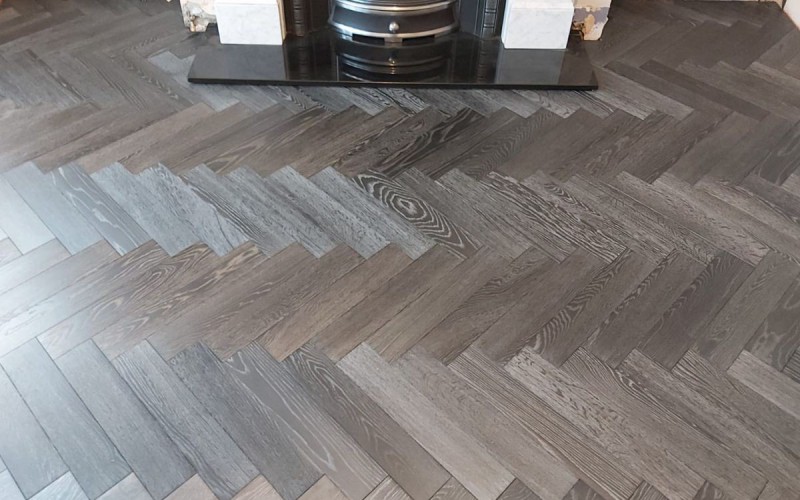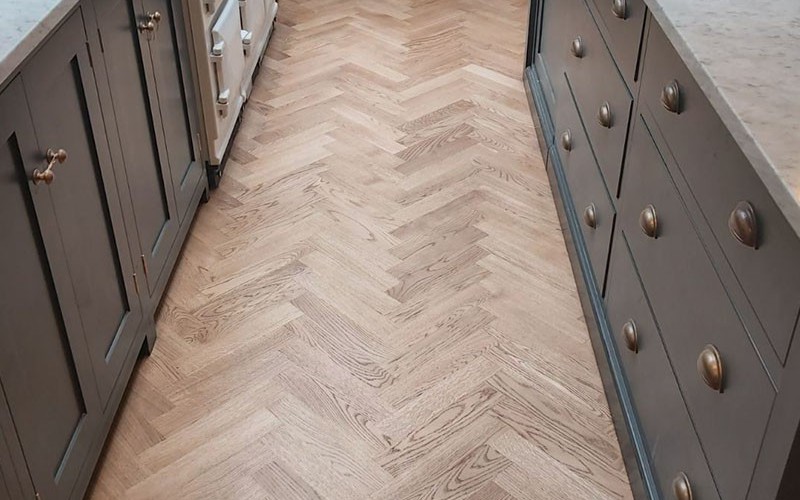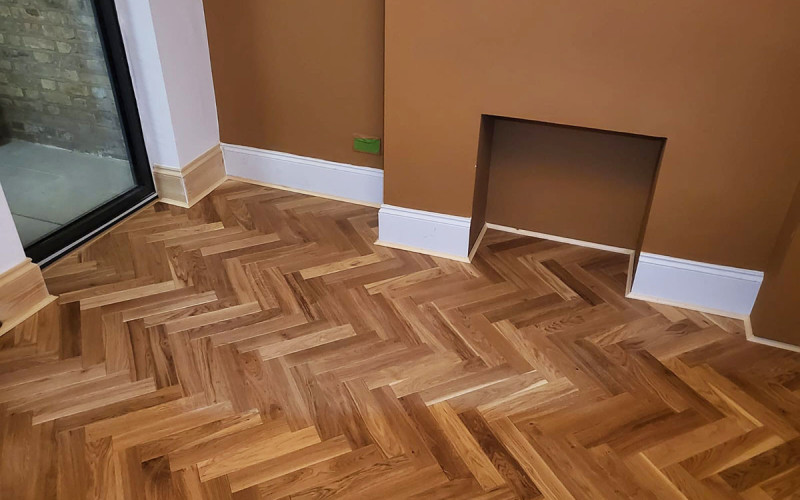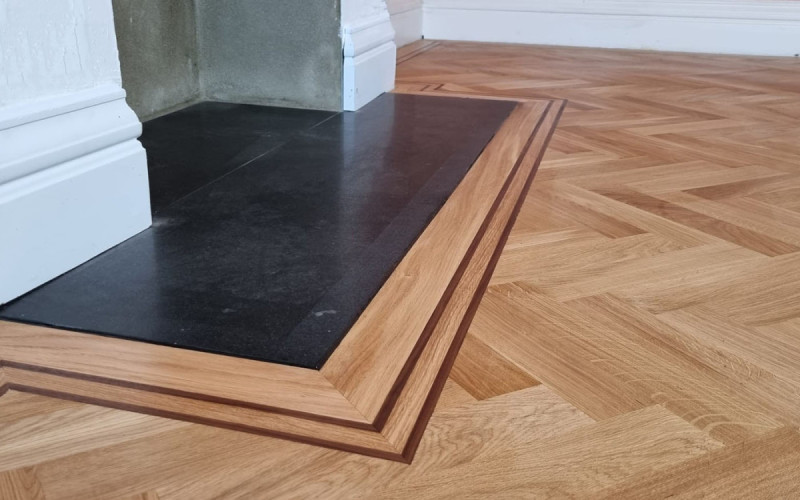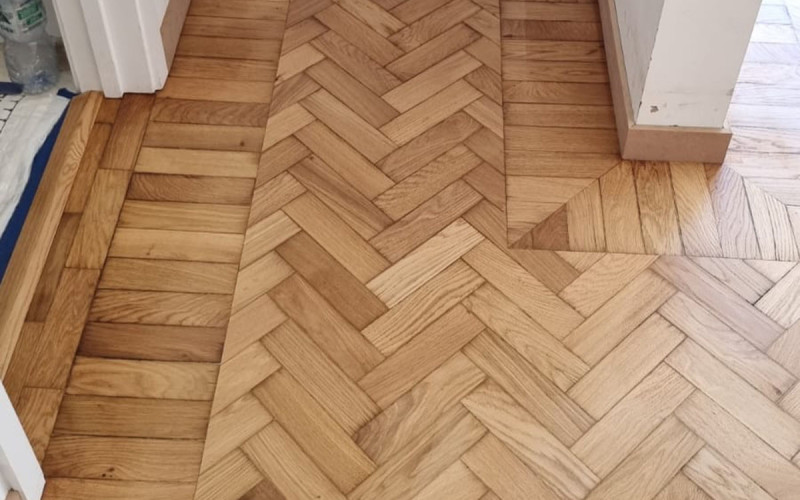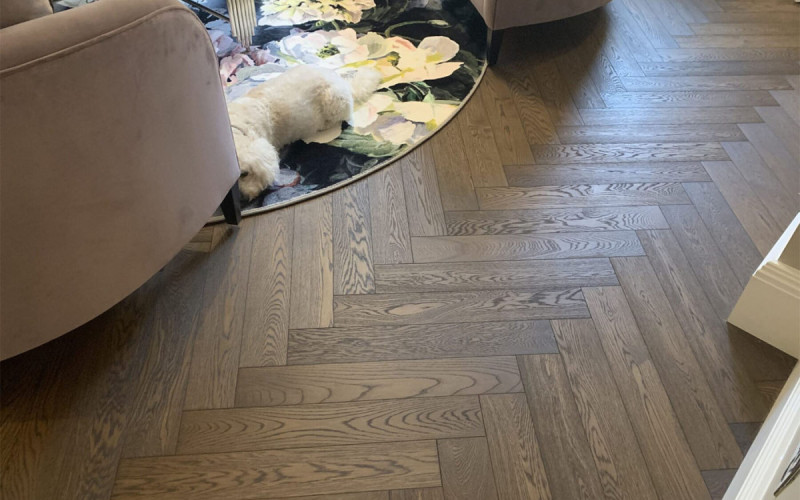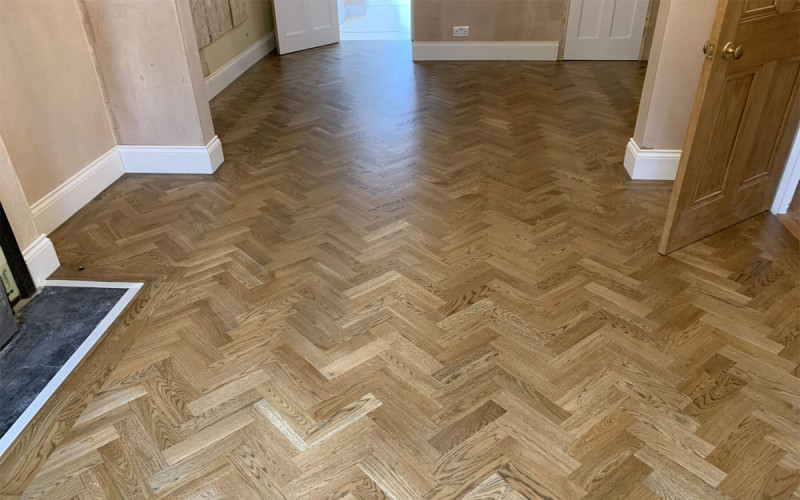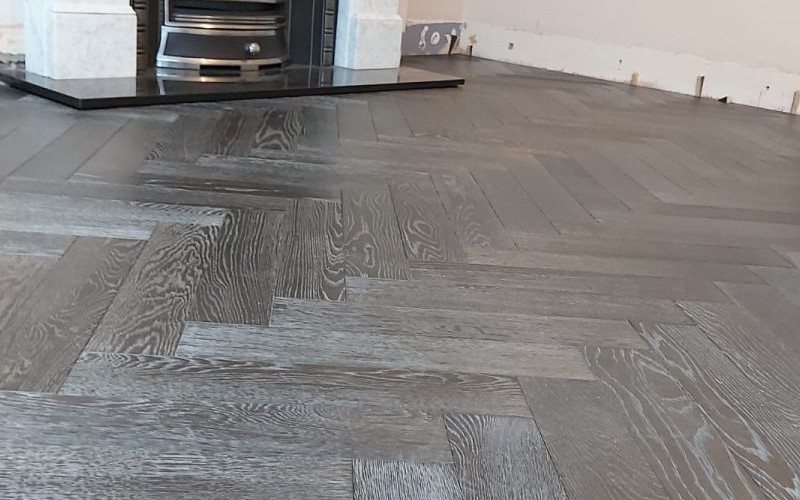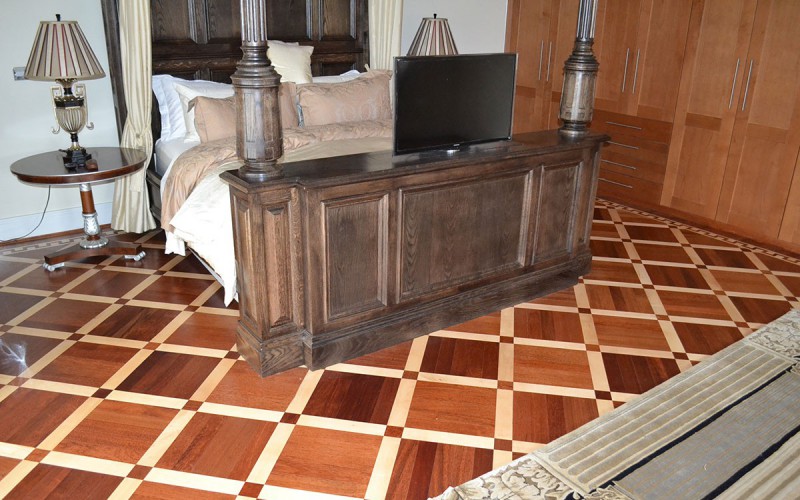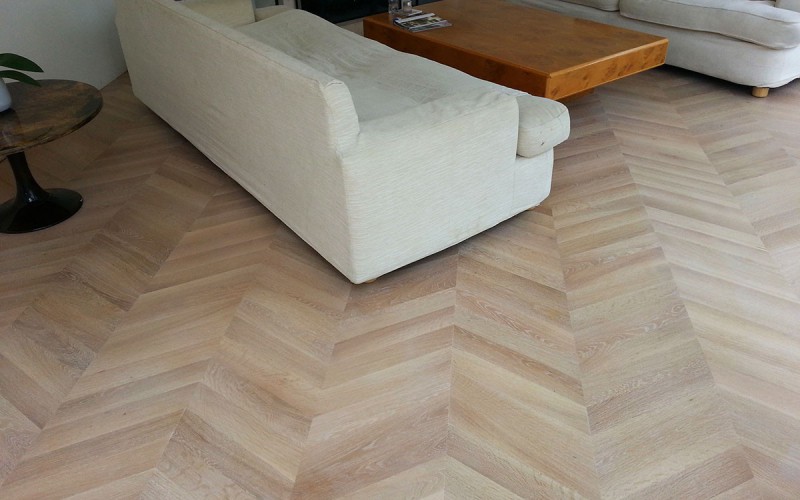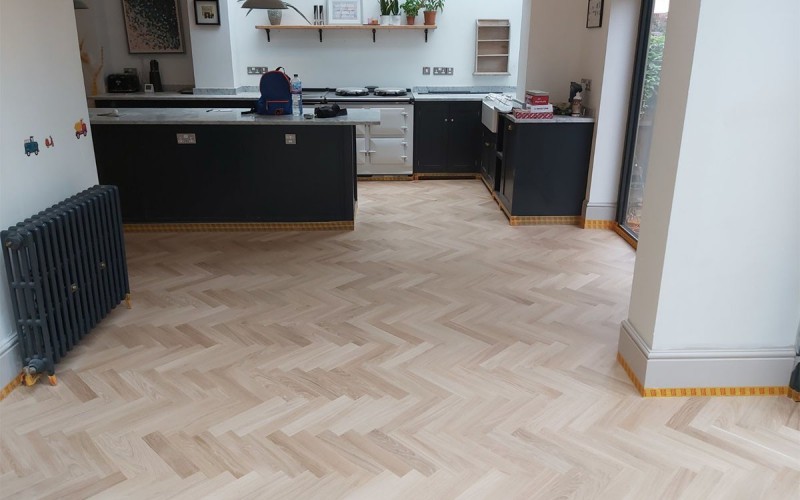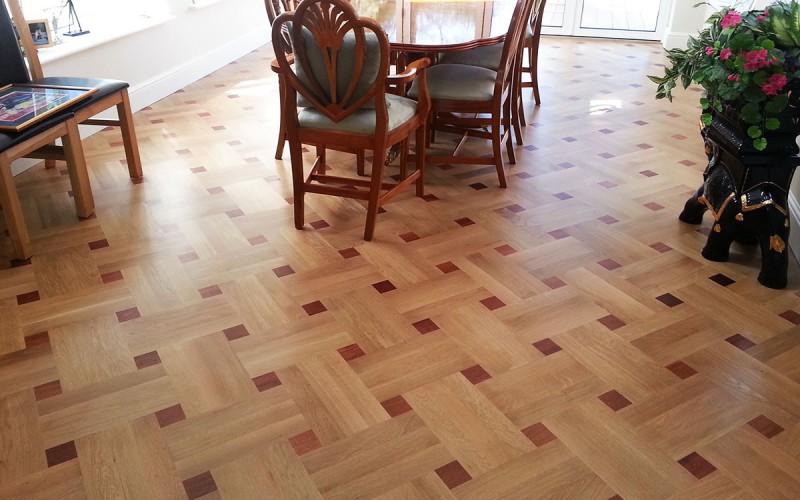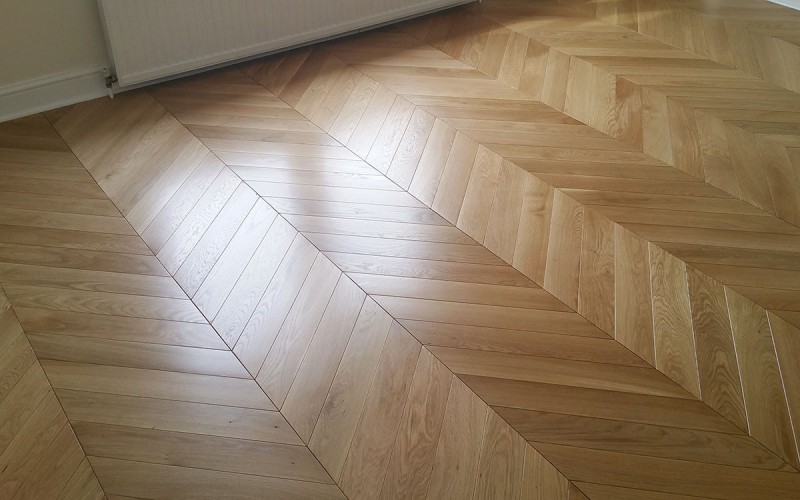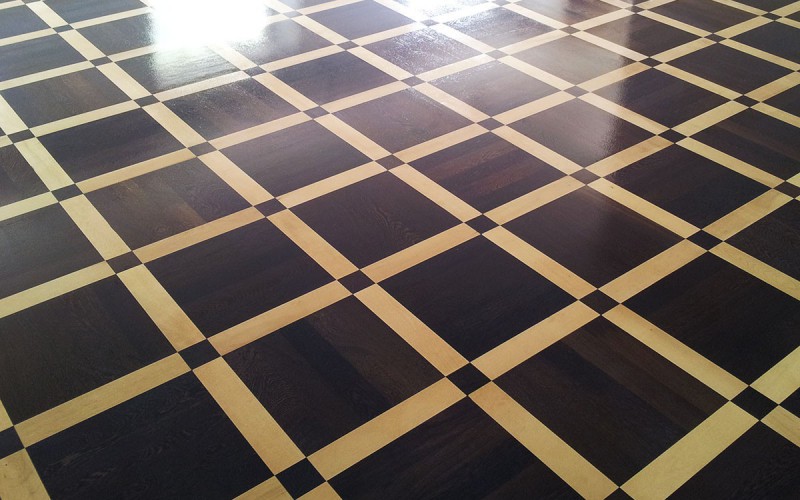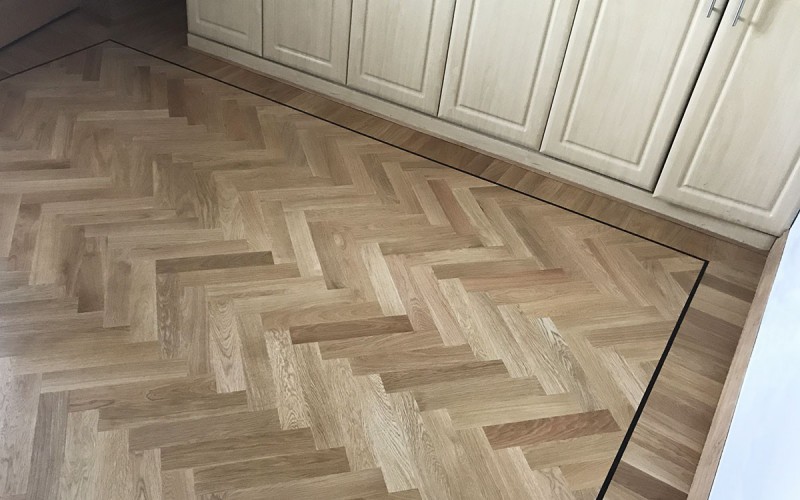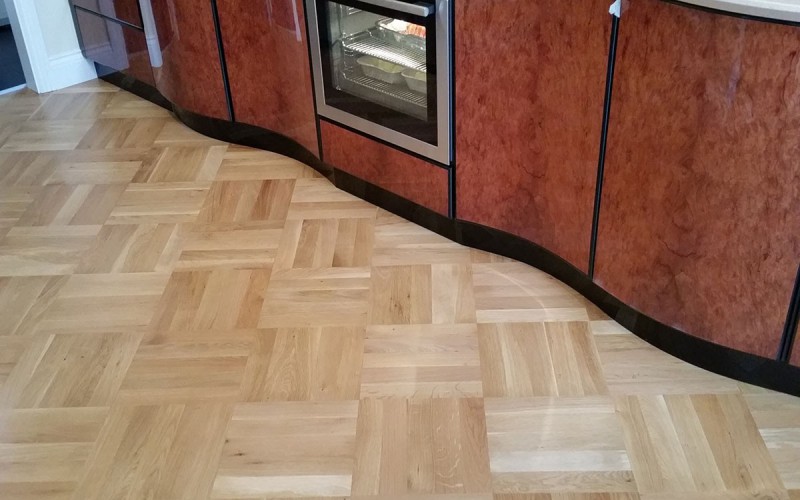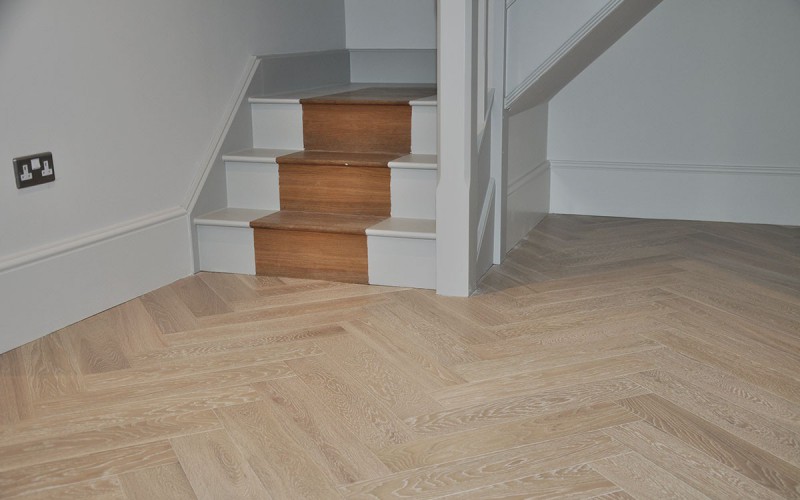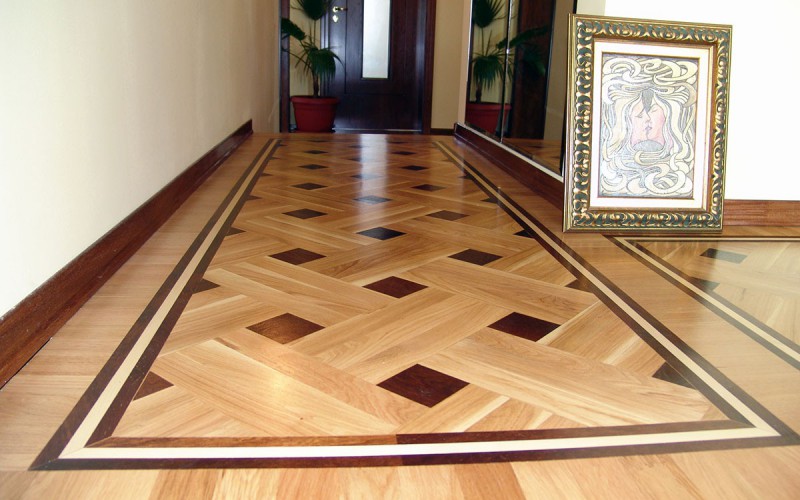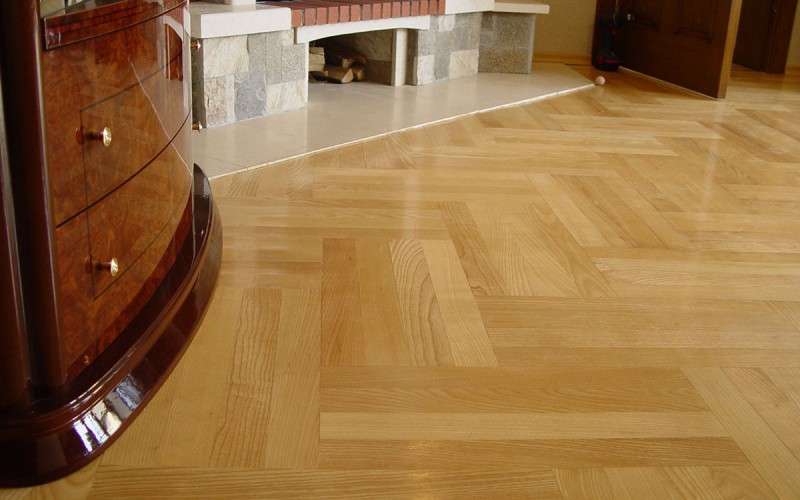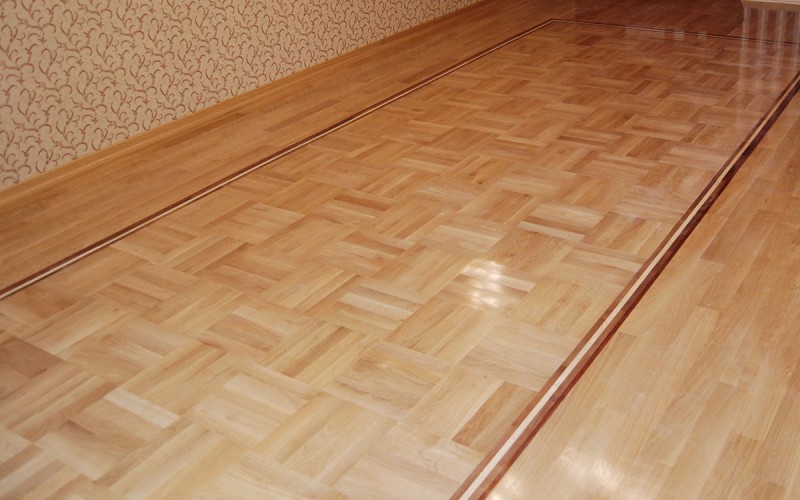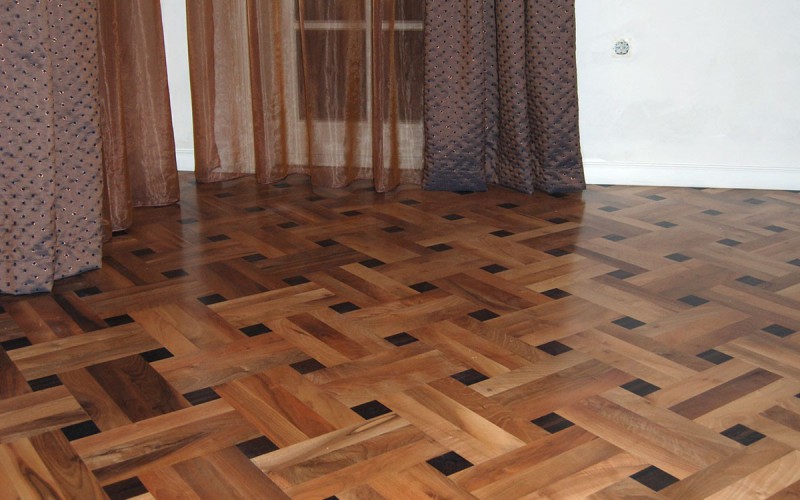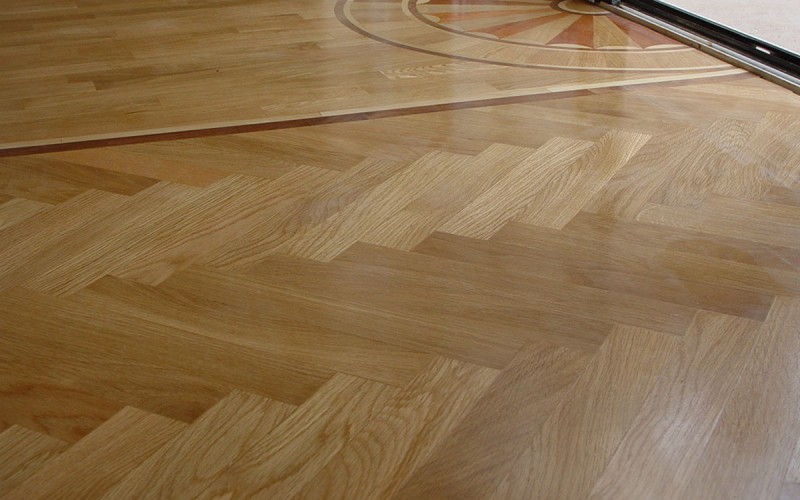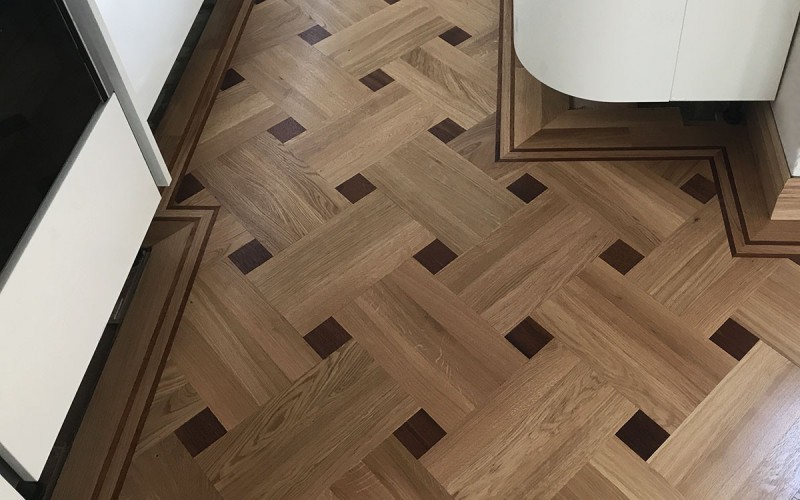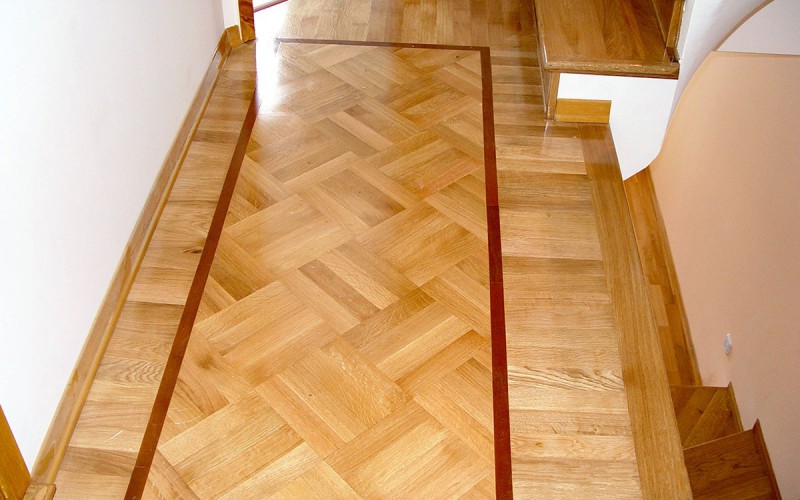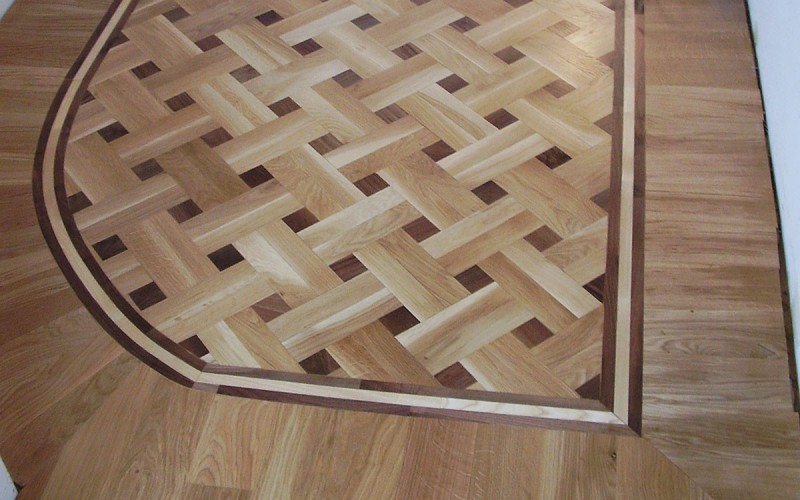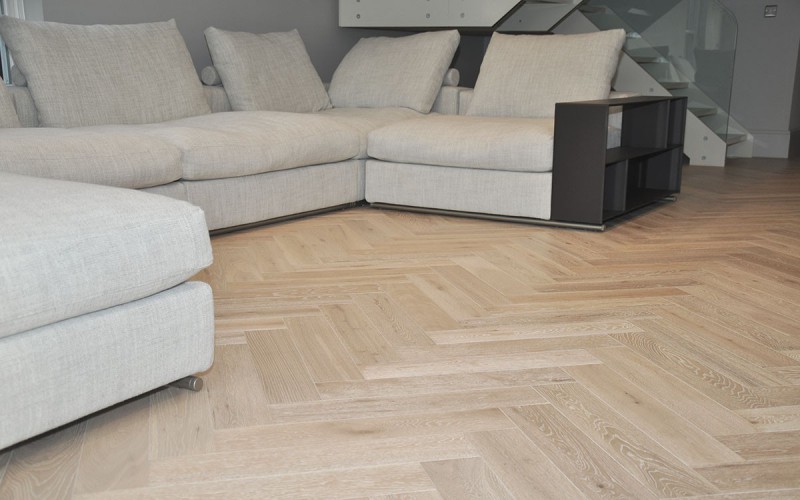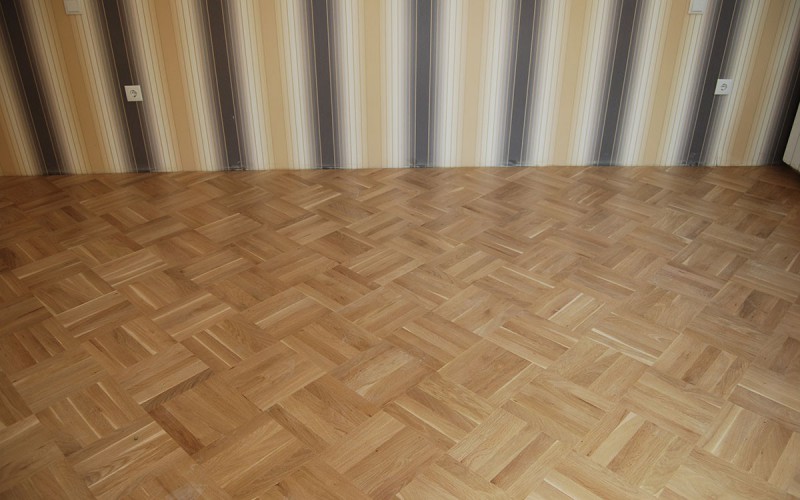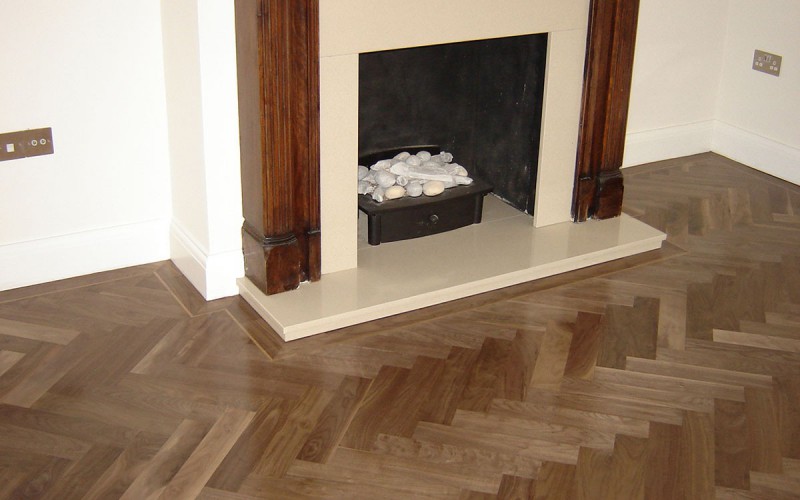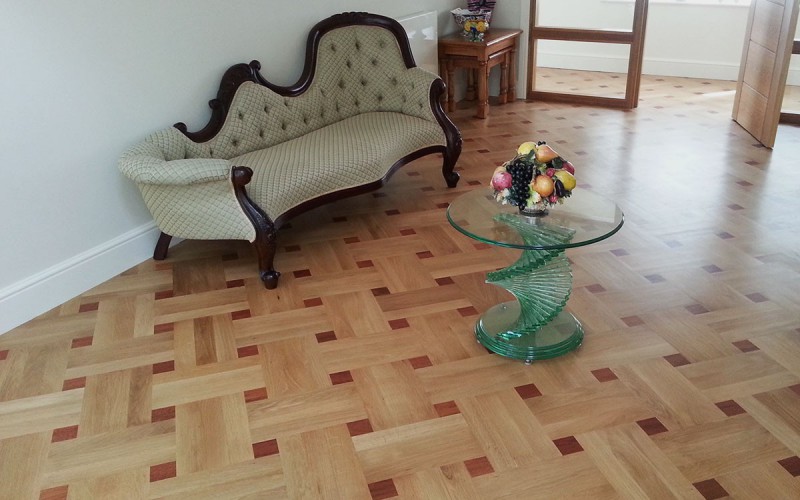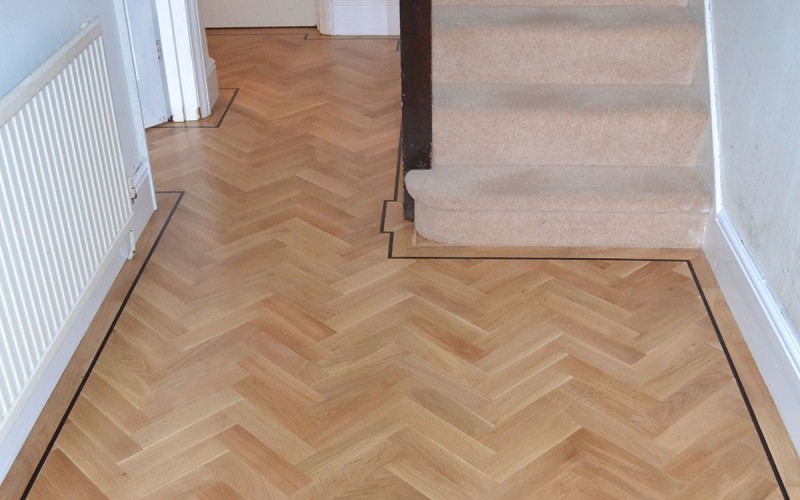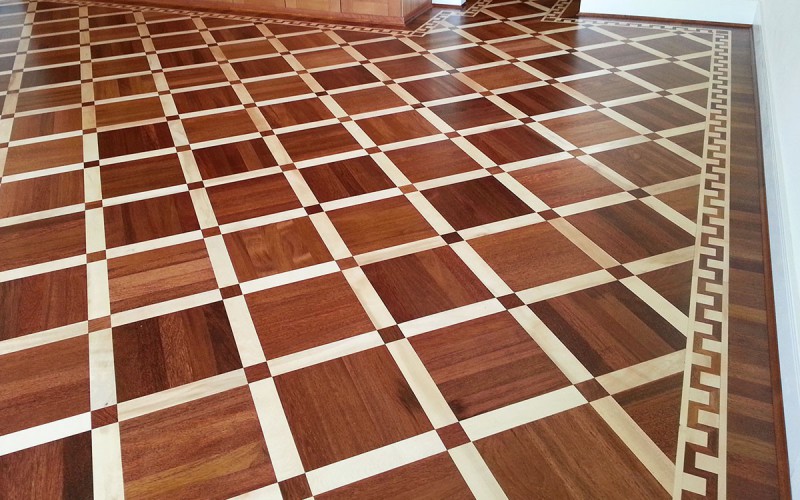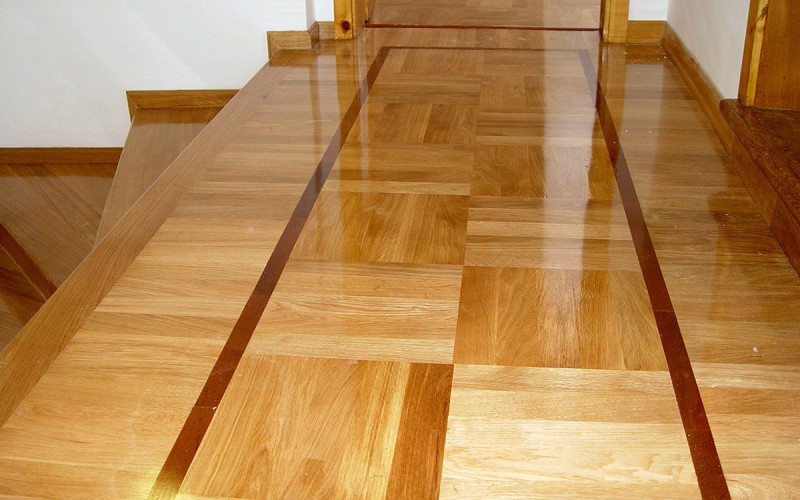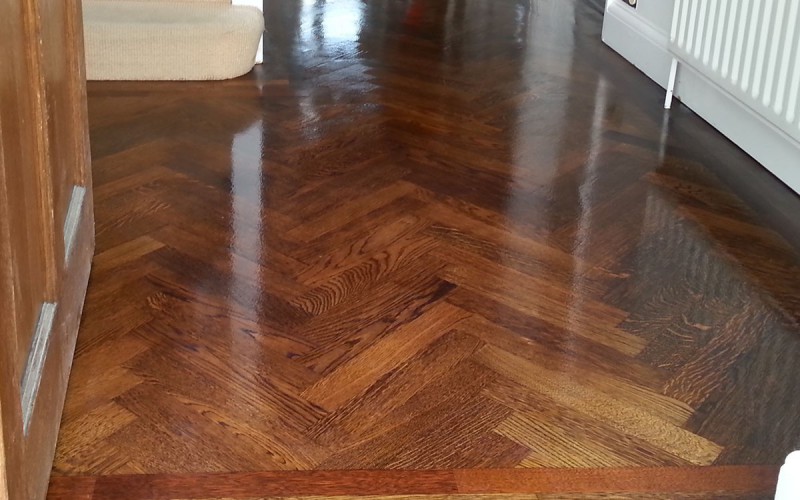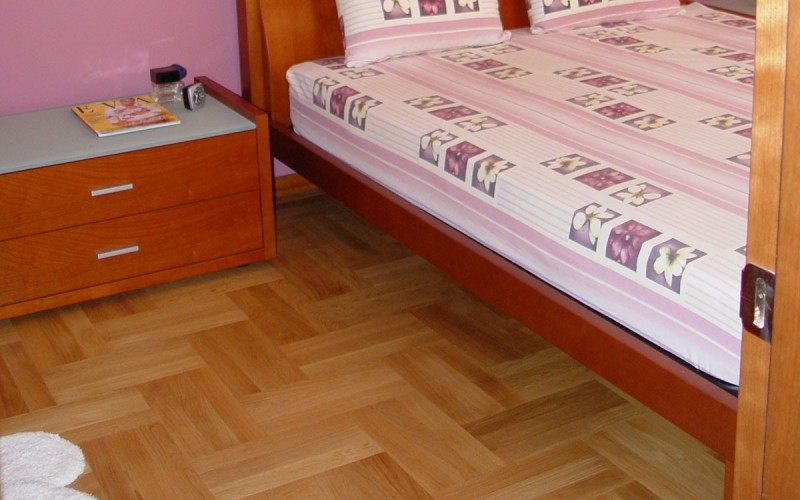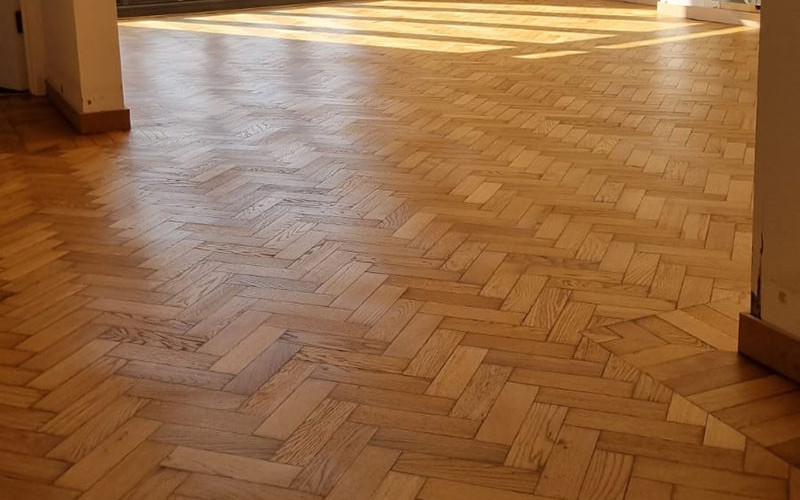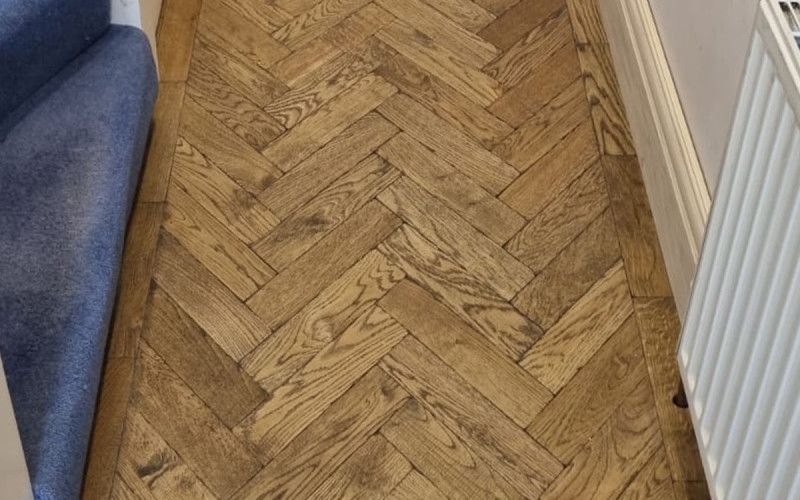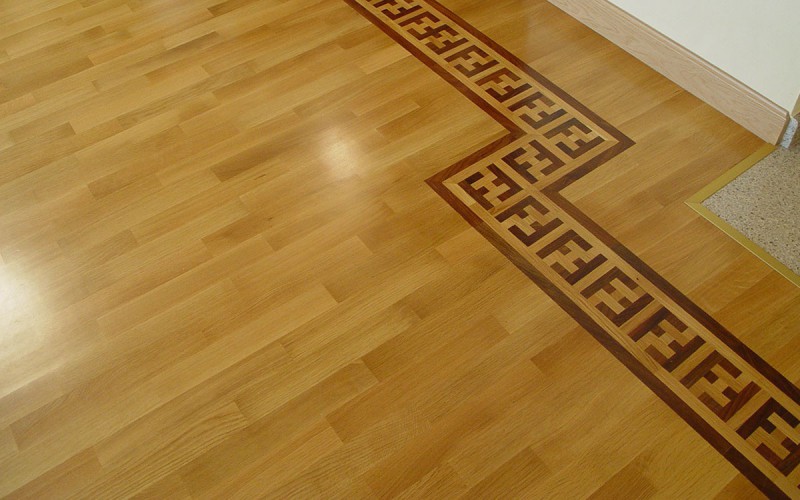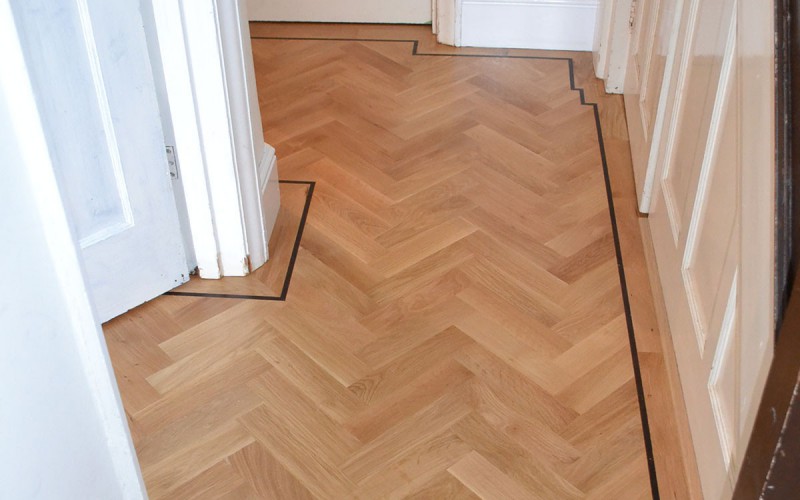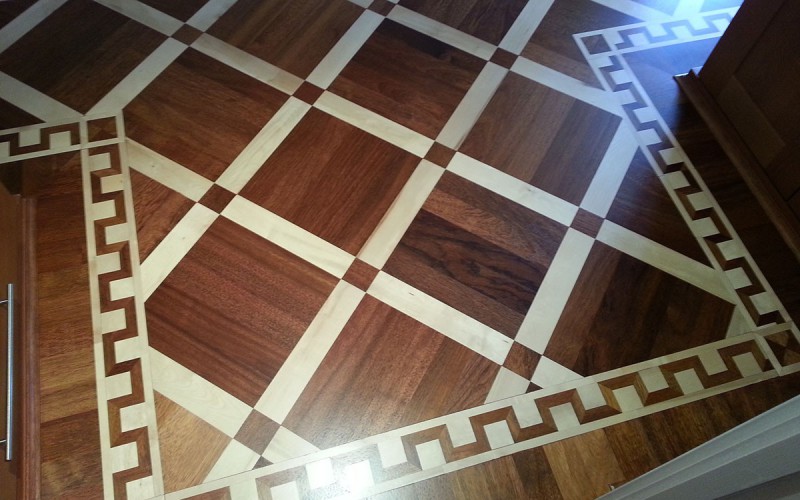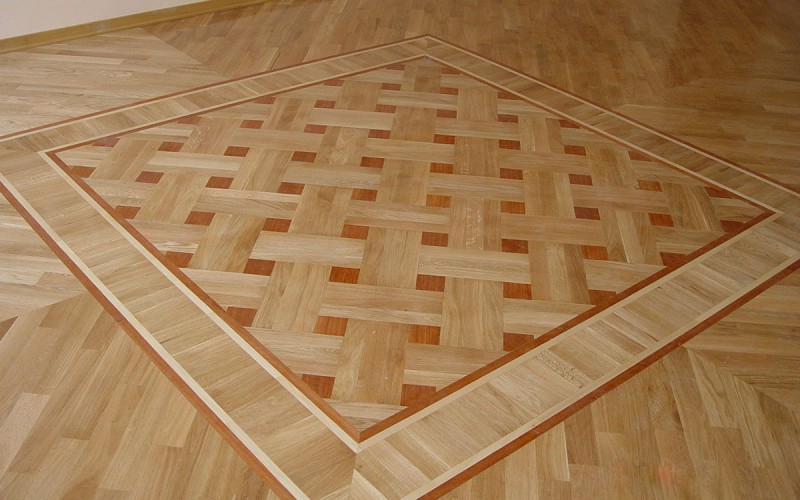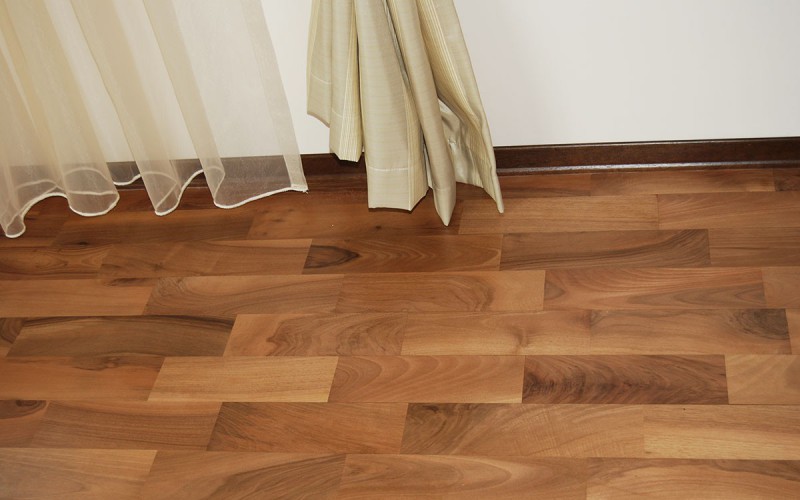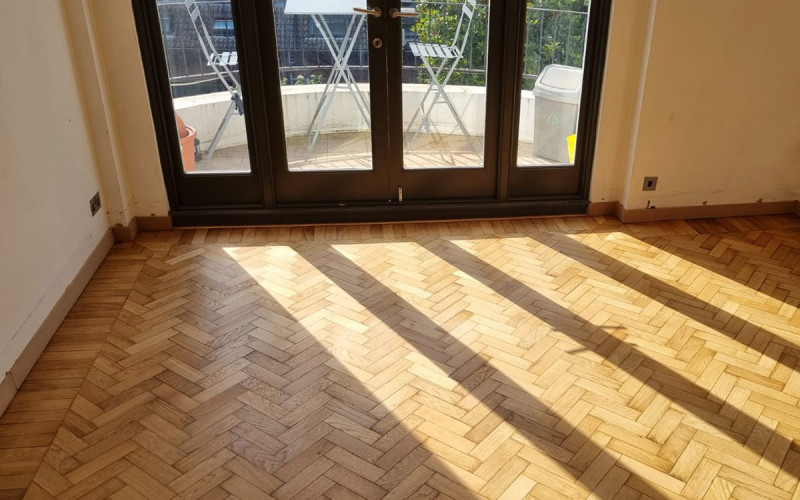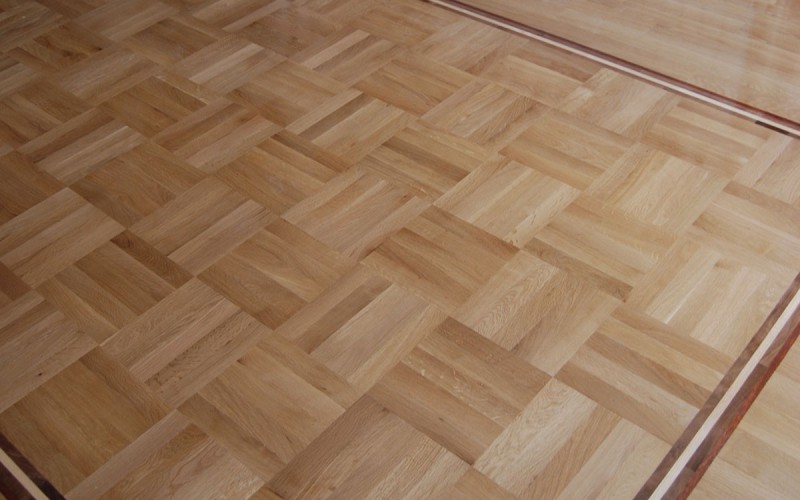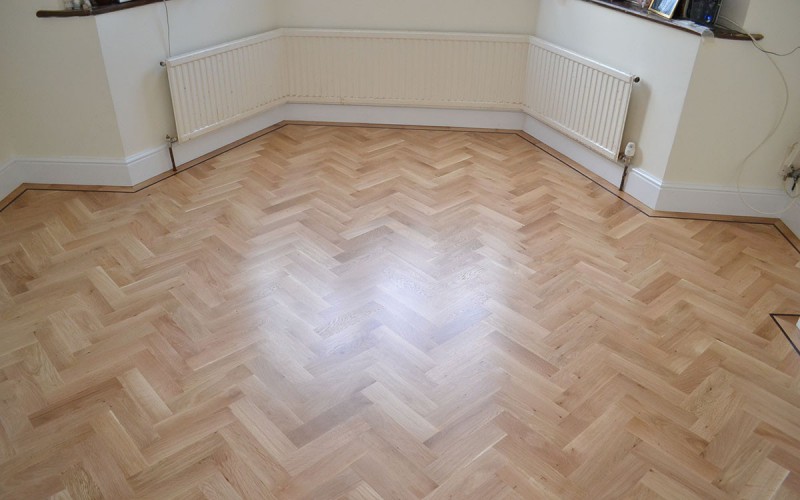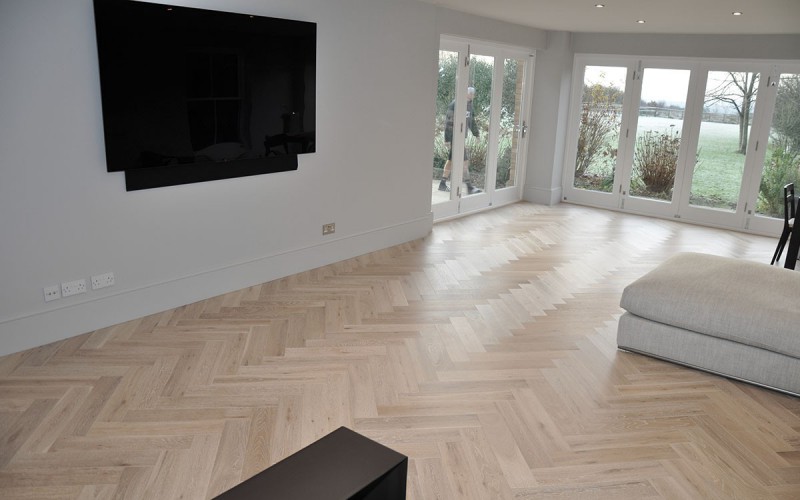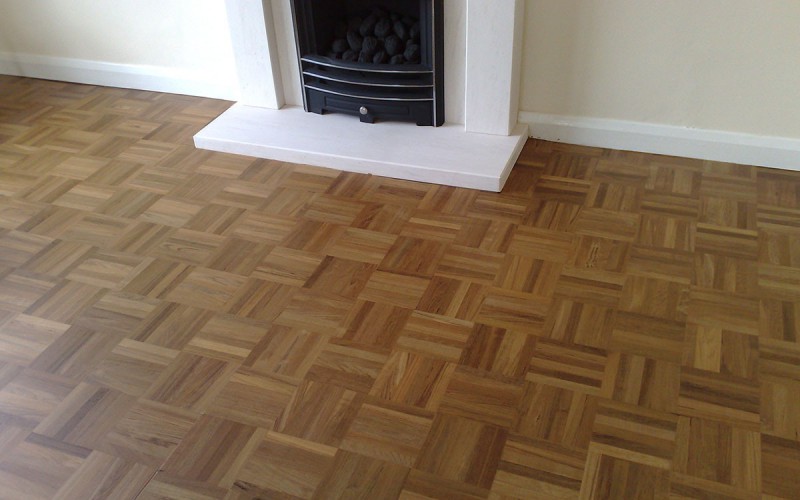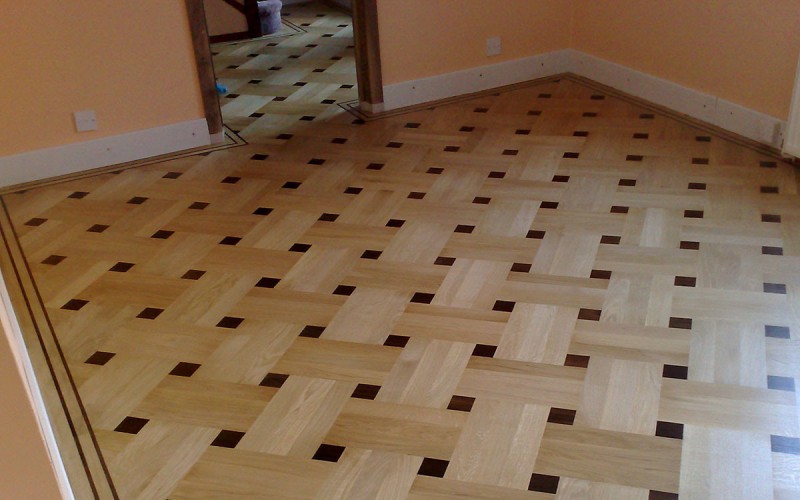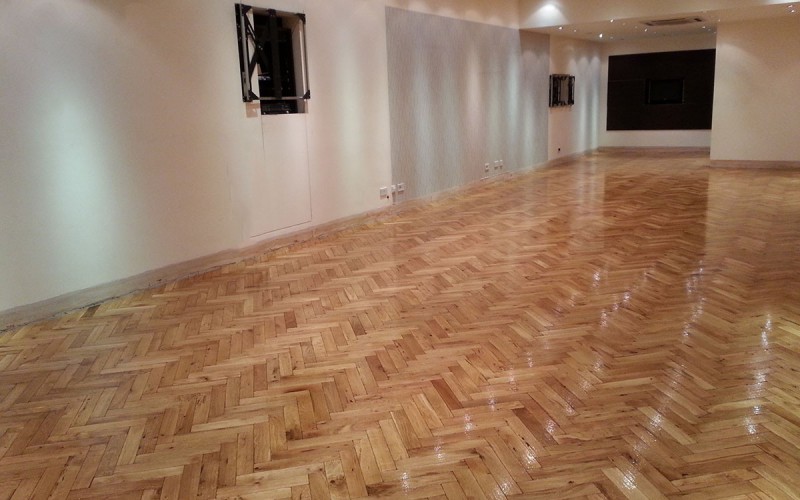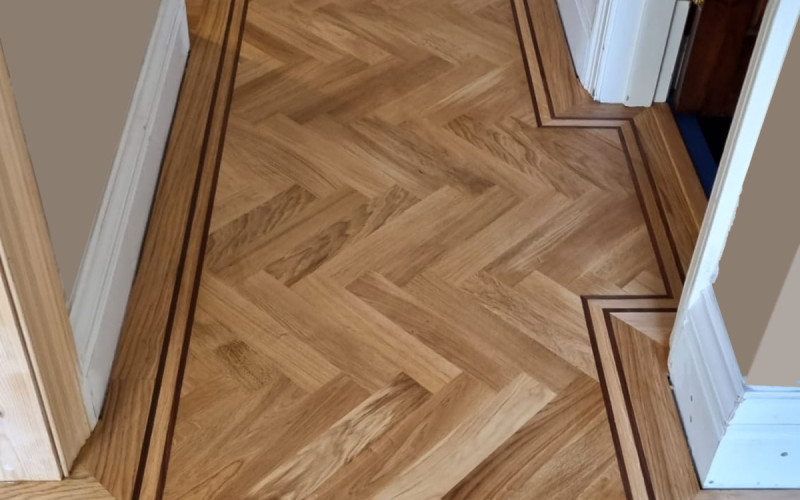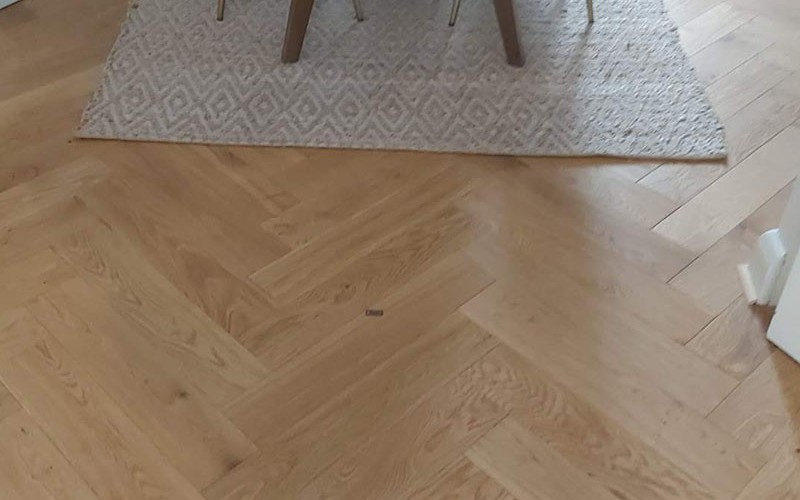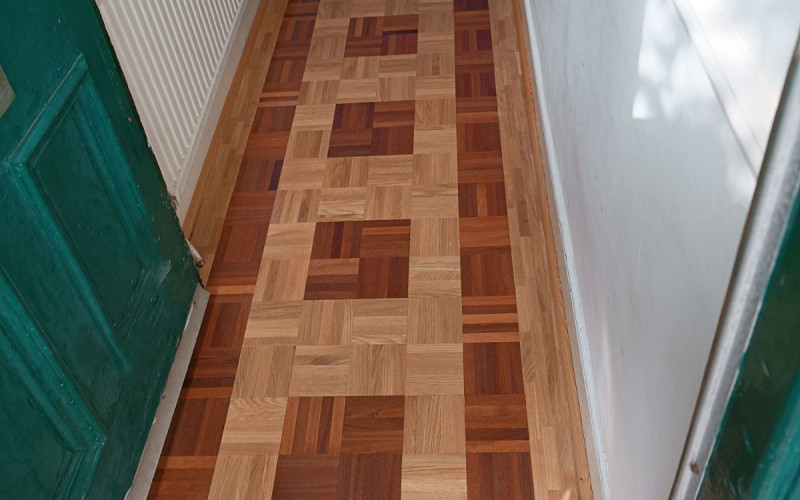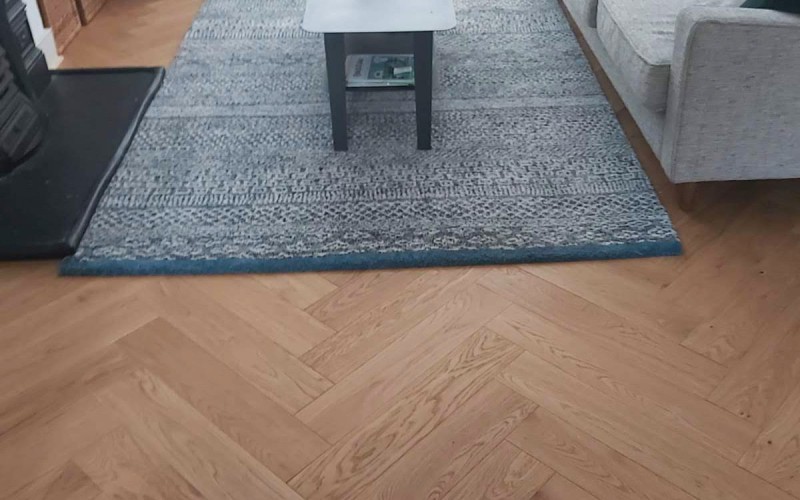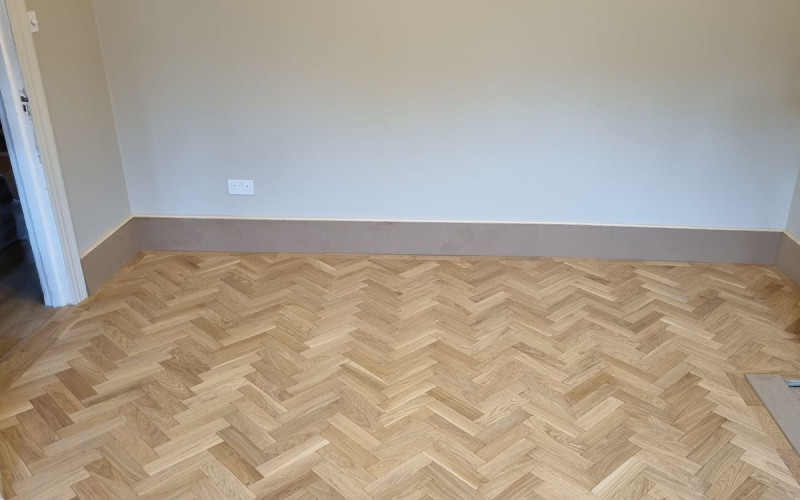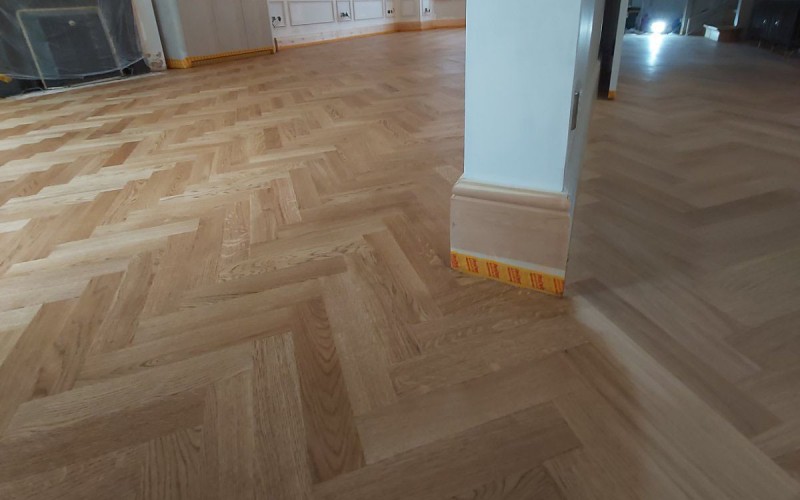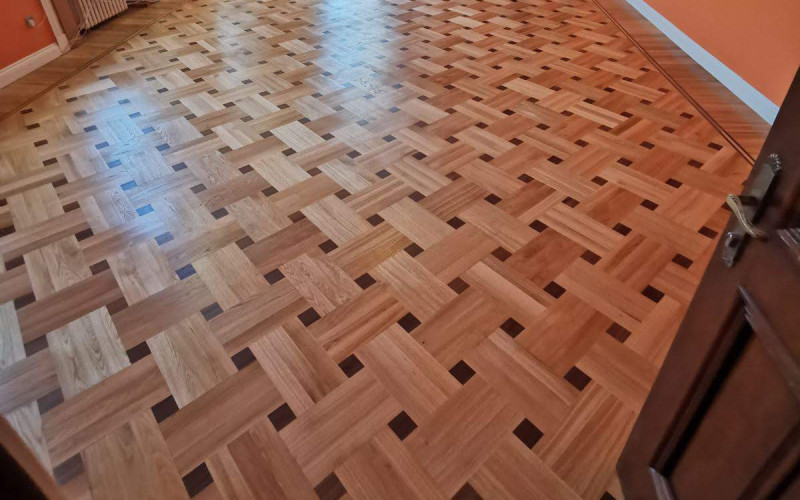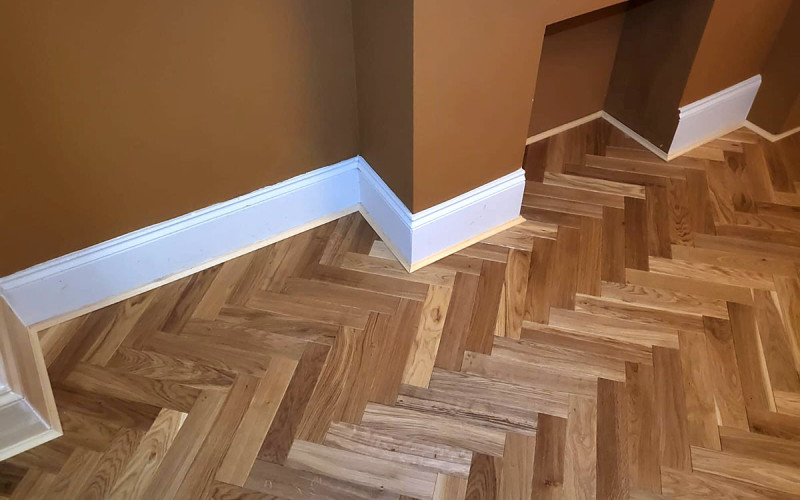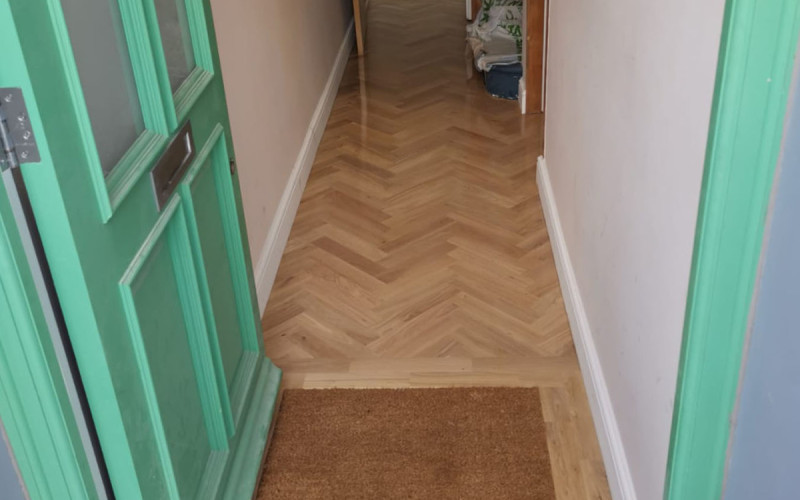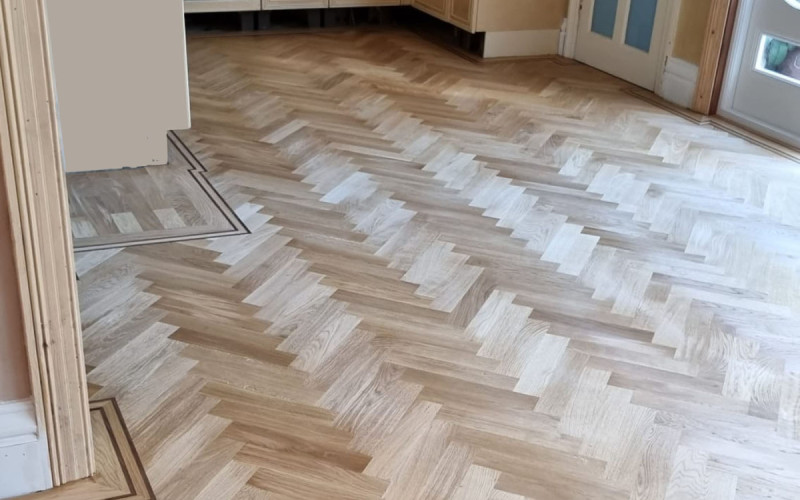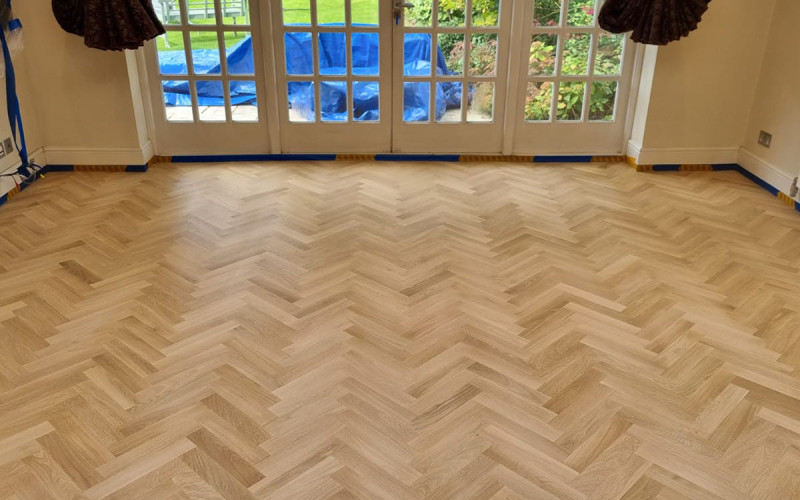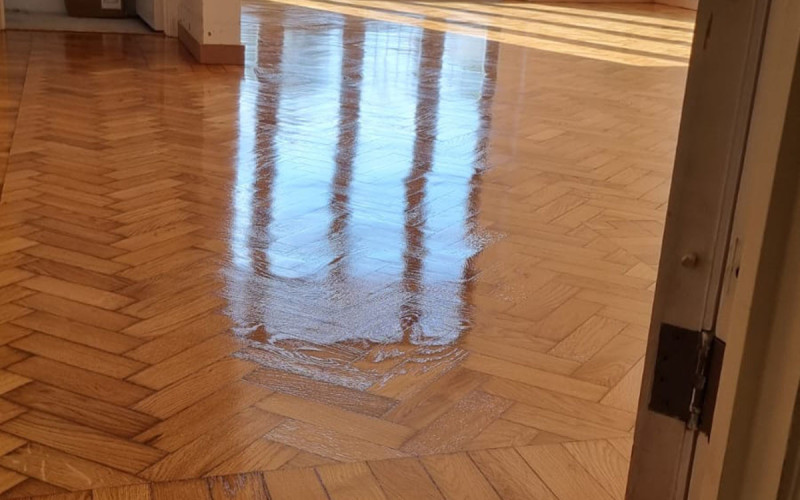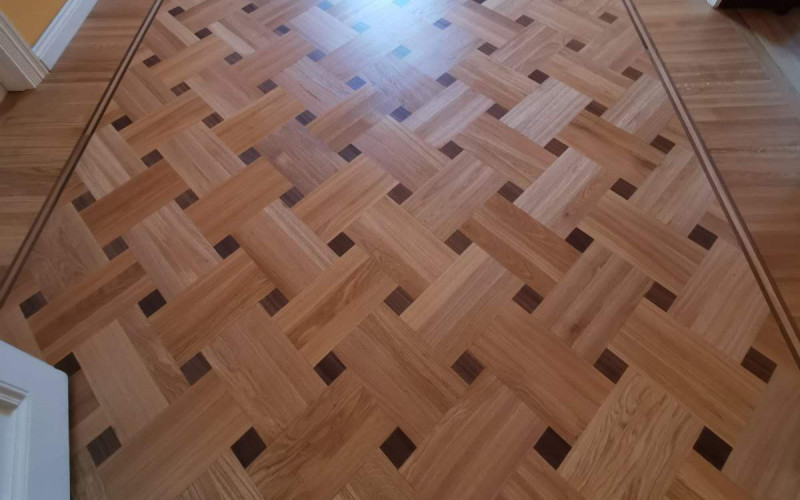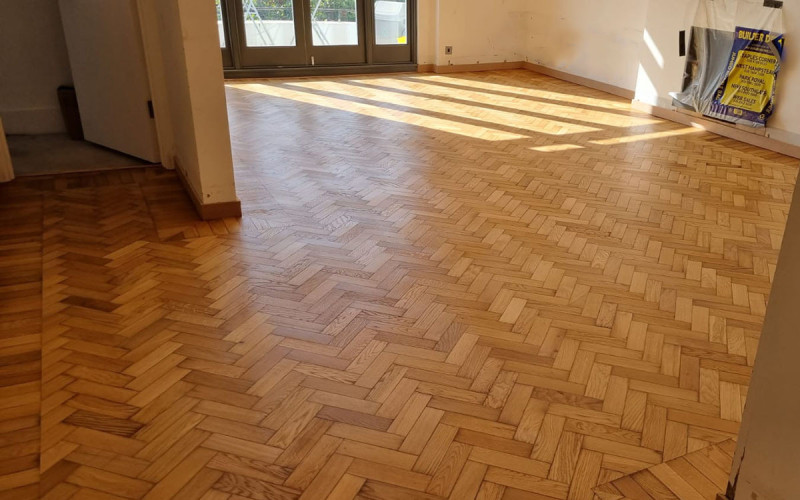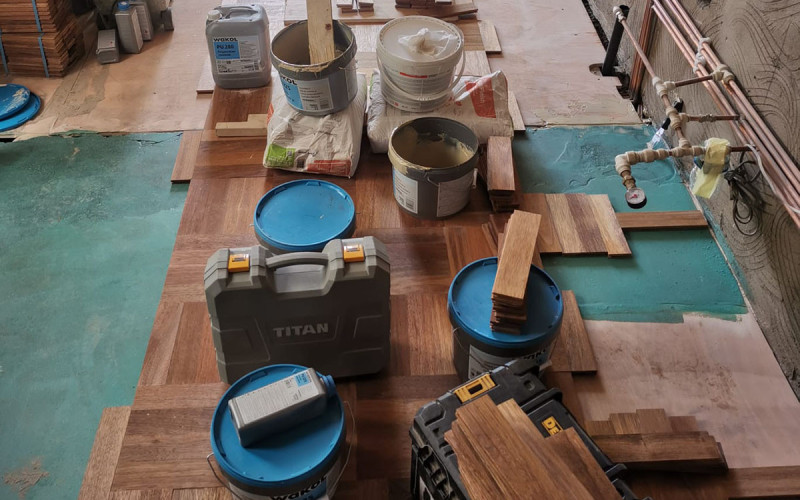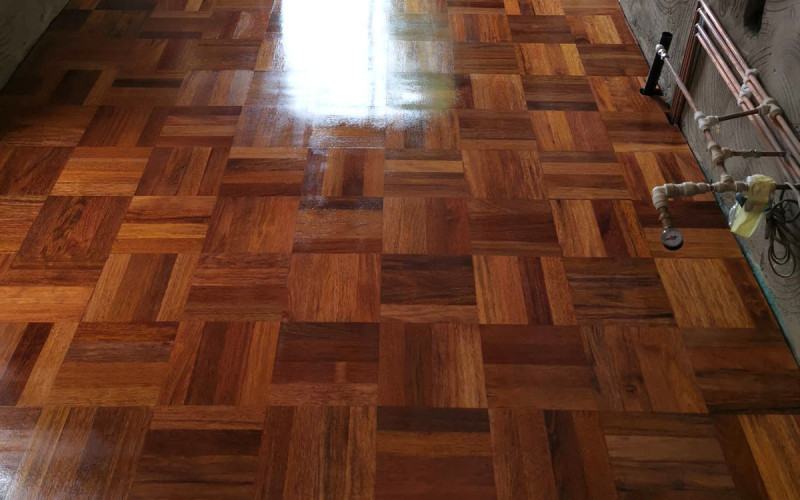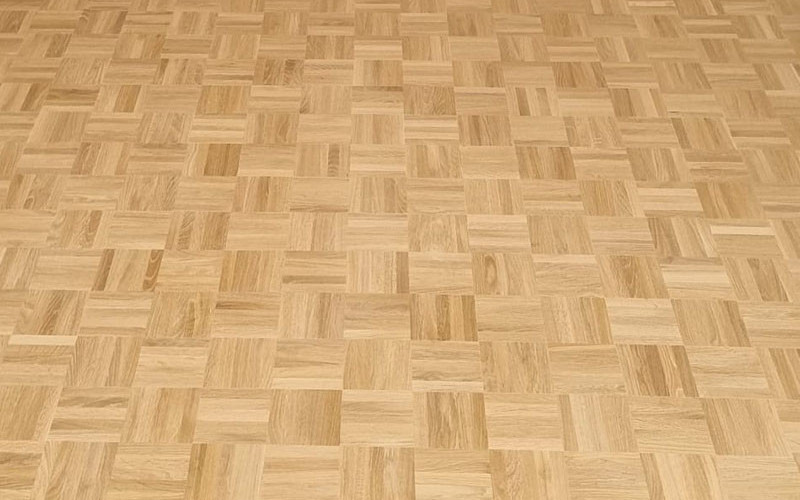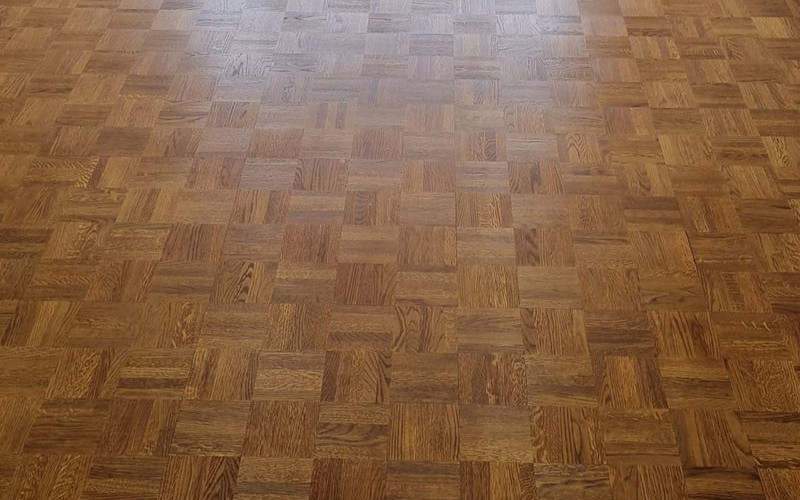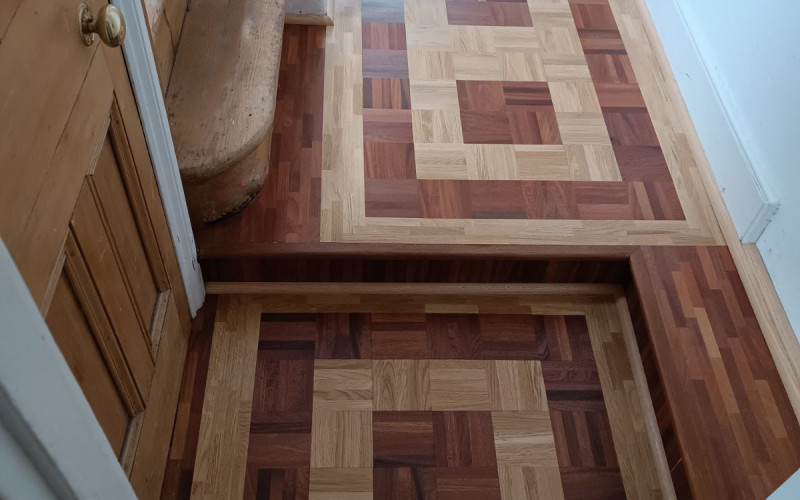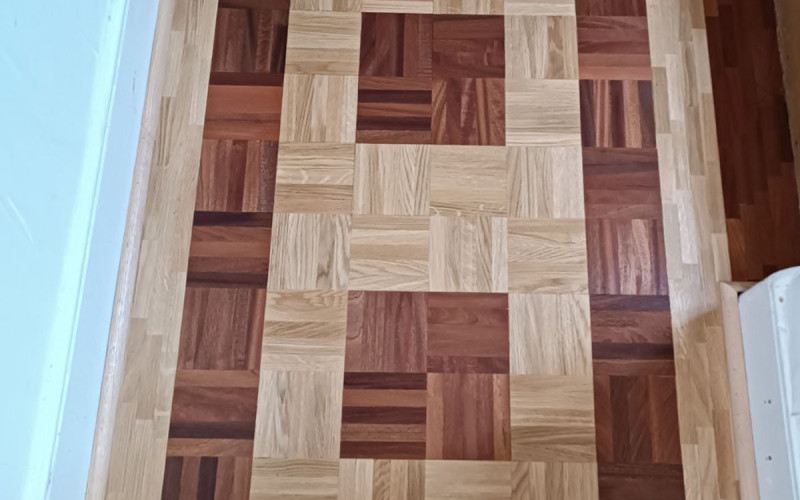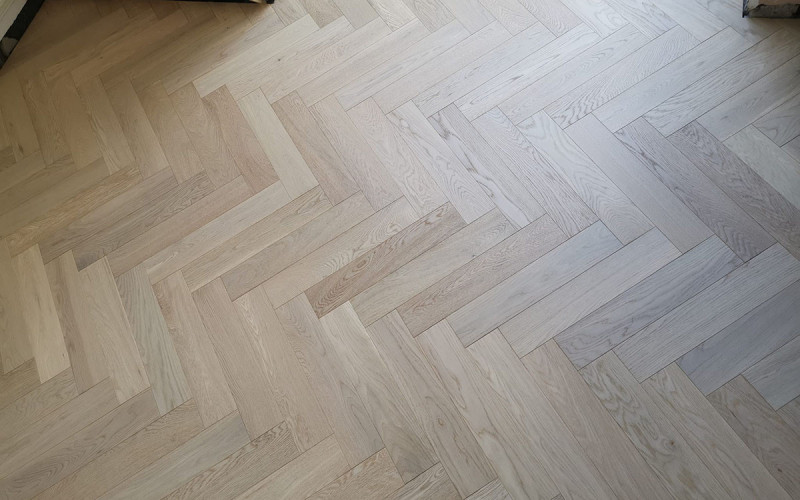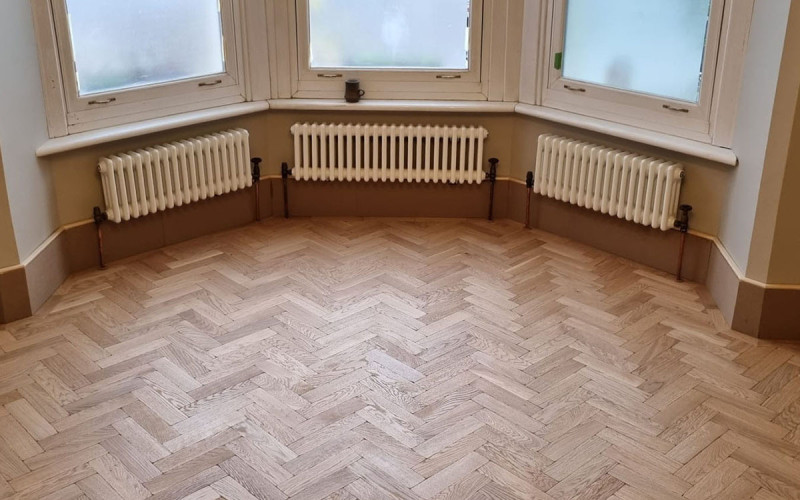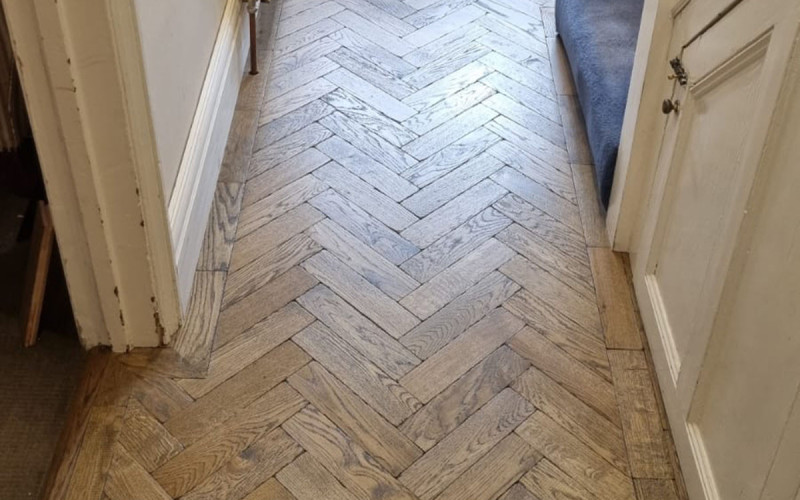




7 Reasons for Your Parquet Flooring to Lift Up and How to Address Them
Parquet flooring is a popular flooring choice for many homes in and around London. It offers a unique and elegant look, along with being durable and long-lasting. However, there may be instances where the flooring starts to lift up, which can be a sign of underlying problems. In this article, we will explore the most common reasons for parquet flooring to lift up and provide tips on how to address them.
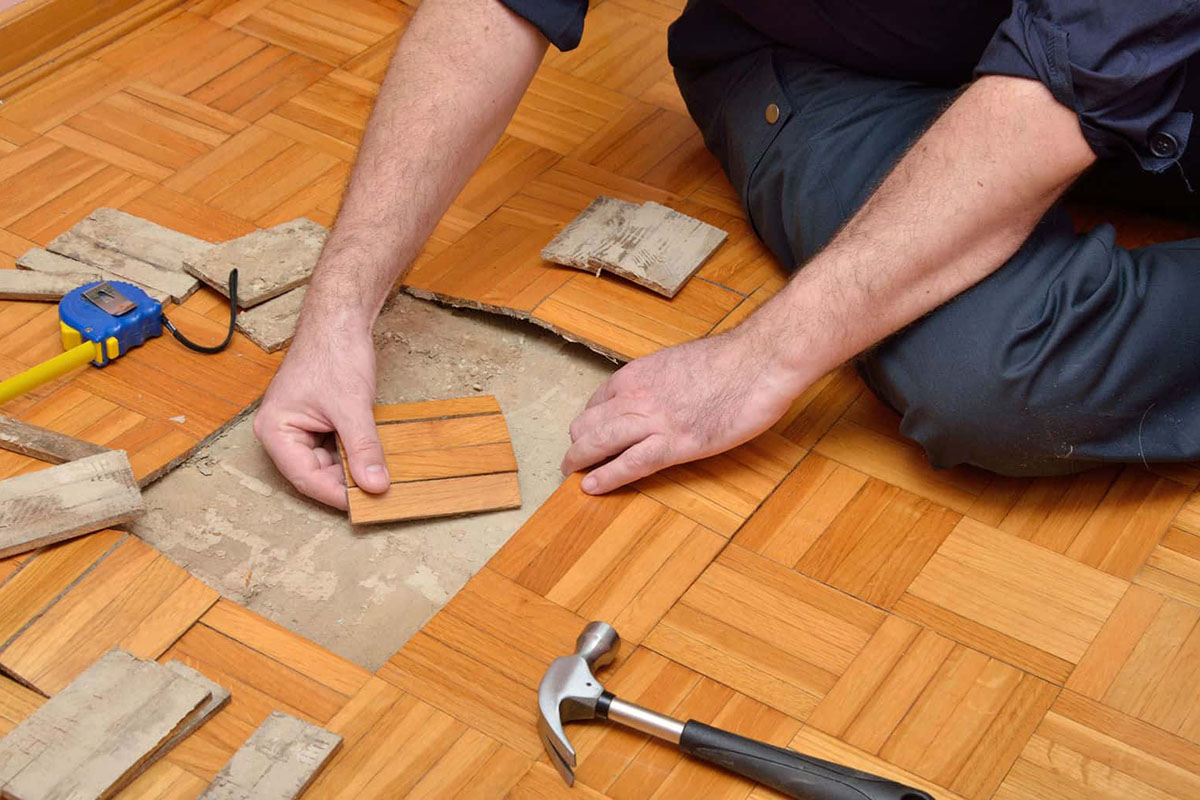
1. Inappropriate Installation
One of the most common reasons for parquet flooring to lift up is due to inappropriate installation. If the flooring is not installed correctly, it can start to lift and become loose. It can also cause a tripping hazard, as well as further damage to the flooring. Improper installation can occur for number of reasons:
- if the sub-floor is not level,
- if the fitter uses incorrect type of adhesive,
- If the base is not primed, which could improve the bond with the new parquet,
- or if expansion gap is not enough.
To address this issue, you better contact a professional flooring contractor to inspect the flooring and determine the root cause of the problem. If the problem is due to a sub-floor that is not level, then the contractor may need to level it out before reinstalling the flooring. If the problem is due to weak adhesive, then the contractor may need to remove the old adhesive and replace it with a stronger one. Either way, the entire parquet flooring, or part of it, would require removing and re-fitting. In the worst case scenario, you may need to replace the whole flooring if the wood blocks cannot be re-used.
2. Inappropriate Environment in the Room (Temperature & Humidity)
Another common reason for parquet flooring to lift up is due to an inappropriate environment in the room. Parquet flooring, as well as any other wooden flooring in fact is sensitive to changes in temperature and humidity. This why if the room is too humid, or too hot, the flooring can start to warp, shrink and lift up.
To avoid such issues, you should monitor the environment in the room, or rooms. Moreover you better make sure that the temperature it is not set to be too hot or cold. This will directly affect the humidity in the air and thus the flooring movement. If necessary you can invest in a good quality humidifier, or dehumidifier to maintain a consistent level of humidity in the room. You should also ensure that the room is properly ventilated to prevent excessive moisture build up. Also, always try to maintain a consistent temperature in the room to prevent any warping or lifting of the flooring. Too sharp temperature changes can also affect the stability of the parquet flooring.
3. External Leaks
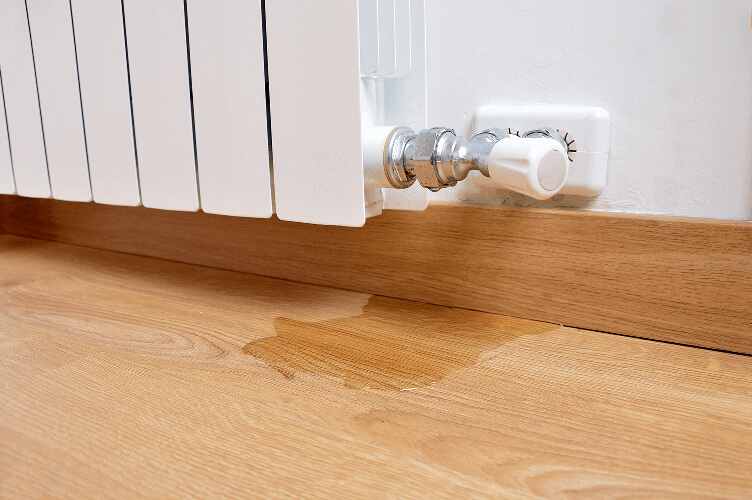 External leaks, such as leaks from a nearby bathroom, or kitchen, can also cause parquet flooring to lift up. Often, the excessive water cause deformation of the wood. This will result of the parquet blocks to lift up. The water can also seep into the sub-floor and cause the adhesive to weaken. This will lead to the flooring lifting up.
External leaks, such as leaks from a nearby bathroom, or kitchen, can also cause parquet flooring to lift up. Often, the excessive water cause deformation of the wood. This will result of the parquet blocks to lift up. The water can also seep into the sub-floor and cause the adhesive to weaken. This will lead to the flooring lifting up.
To address this issue, you should locate and repair the source of the leak as soon as possible. If the problem is severe, you may need to remove the affected area of the flooring and replace it with new flooring.
4. Moisture in Base
Moisture in the base of the flooring is another common issue. This could be caused by a broken pipe underneath or it can come from the concrete or screed itself. When the base of the flooring is exposed to moisture, it can weaken the adhesive and wood blocks to become loose. More importantly though, moisture from a sub-floor will directly affect the timber flooring. It will be the reason for extensive expansion and it could result in parquet flooring lifting up.
To address this issue, you should contact a professional contractor. They can inspect the flooring and determine the source of the moisture. If the problem is caused by broken pipe, then the pipe should be repaired as soon as possible. On the other hand, if the problem is due to the concrete or screed, then the contractor would need to repair it as necessary. Often they will need to remove the affected area and carry out the necessary repairs. In most cases indeed, assessing and identifying moisture issue in the base is challenging. In order to check and fix it as required, the contractor needs to lift up the entire parquet flooring, or part of it.
5. High Temperature in the Sub-floor
When installing the heating system of the house, in many cases heating pipes needs to run underneath the flooring. If they are not insulated and/or run too close to the parquet flooring surface, they will heat up the flooring directly. The high temperature will affect the adhesive, which on the other hand could weaken the bond with the flooring. In addition, high temperature, means low humidity, which will case the wood blocks to contract. Apart of the gaps that will appear, the movement of the parquet will also enhance lifting up of the parquet flooring.
It would not be easy to address this issue once the parquet flooring is already laid. The proper way to rectify this, is relocation, or insulation of the heating pipe. Obviously this will involve complete lifting of the the wooden flooring at the affected area, followed by re laying or replacement.
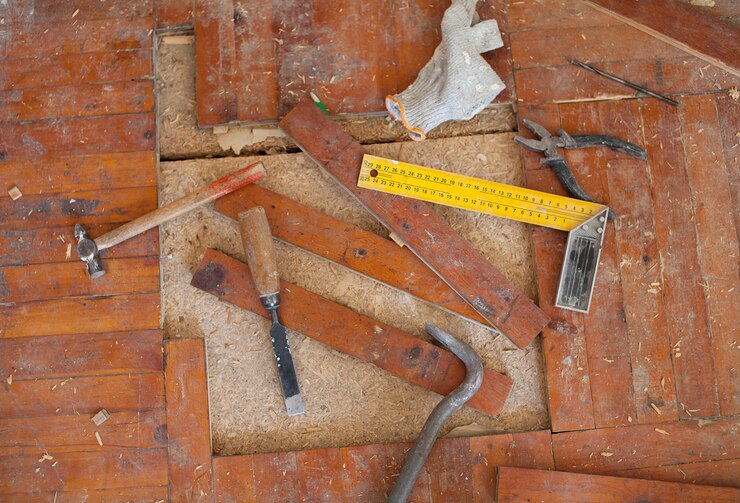
6. Age and Wear
In the old days, parquet floor fitters ware using bitumen adhesive. Over time, this adhesive would become dry and will weaken the bond with the parquet blocks. This can cause the parquet flooring to lift up and particular wood blocks to become loose.
To address this, you need to get in touch with a professional flooring contractor. They will inspect the flooring and determine if it is time for a replacement.
7. Expansion and Contraction
Parquet flooring is made from different types of wood, which can expand and contract with changes in temperature and humidity. If the flooring is installed in a room with significant temperature and humidity fluctuations, it can cause the flooring to deform or lift up.
The proper way to avoid this scenario is to try to maintain a consistent temperature and humidity level in the room. This on its own, will prevent any excessive expansion and contraction of the flooring and will minimise the risks of parquet flooring to lift up.
Conclusion
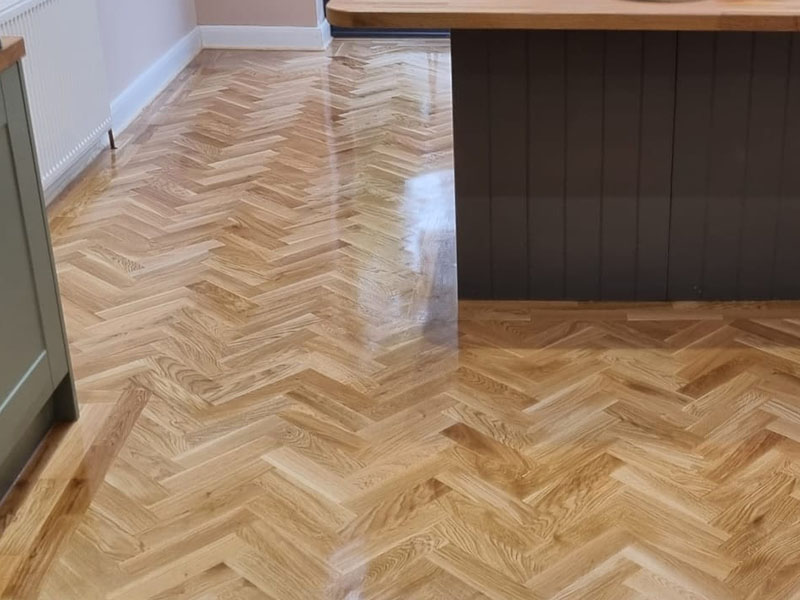
In conclusion, we have to admit that the parquet flooring is a beautiful and durable flooring option. Moreover it will last for many years with proper care and maintenance. However, there are several common reasons why it may start to lift up. This will include inappropriate installation, incorrect room environment, external leaks, moisture issues, etc. By taking these factors into account, you can ensure that your parquet flooring remains beautiful and durable for years to come. Yet, if you have any concerns about your flooring, it is always best to consult with a professional flooring contractor for expert advice and assistance.
Important to mention is that, often resolving an issues with parquet flooring that starts to lift up is not a straightforward task. In majority of the cases fixing such issues would need partial, or full removal of the existing flooring. Moreover, some or all of the wood blocks may not be reusable. Therefore, you should consider the experience and professionalism of the parquet flooring installer, prior assigning them the floor fitting job. Choosing the professional flooring contractor may certainly saves you money and a lot of trouble and headache in the long term.
For professional parquet flooring installation, chose the best herringbone fitters - Luxury Wood Flooring - experience at your side. Contact us Today!
